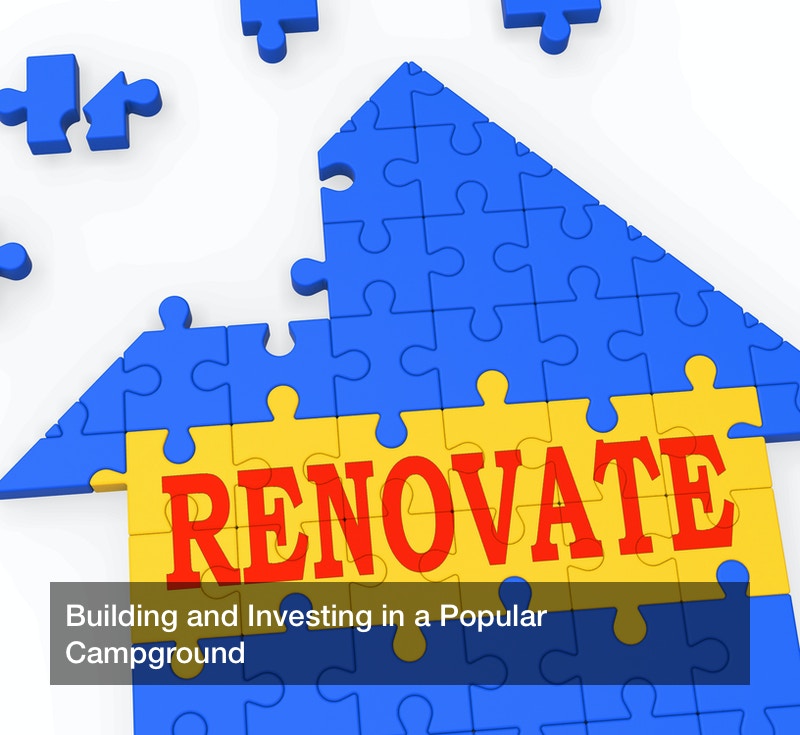

Many Americans choose to explore “the great outdoors,” as many fondly call it, often going on camping trips across North America. Going camping involves finding the right place to set up a tent or RV, and campers may be going out in the wild just for the enjoyment of it, but they often go camping for other activities too, which may include rock climbing, kayaking, hunting or fishing, or simply hiking and taking in the sights and sounds of nature. Often, popular regions of the natural world, especially those with sports-friendly features, draw the biggest crowds, and so, building campgrounds near these places can be highly lucrative on the business side of camping. For the campers themselves, a campground is a place to set up a tent and have fun. For investors and entrepreneurs, meanwhile, buying a campground franchise means knowing what sites in nature are most likely to draw crowds. There is much to know for buying a campground franchise, but some of the more basic and universal aspects of camping and property management may be covered. Buying a campground franchise may require some business savvy as well as knowing how and when Americans go camping. Knowing the customer is a major step for any business, including buying a campground franchise.
Campers
Someone who is buying a campground franchise is probably not going camping themselves, but they are well advised to study when, how, and why other people are going camping, and plenty of American individuals and families today go camping during all times of the year, all across North America. Often, people will only go so far for camping, and about 50% of campers travel no more than 100 miles to their destination. What is more, six in 10 households has someone who often goes camping, meaning that there is a big crowd for campgrounds of all kinds. As mentioned above, some campers just want to go sight-seeing or look at popular natural attractions, while others use their camp as a home base while performing outdoor sports like rock climbing, kayaking, and hunting or fishing. Some campers use a tent, while others are using an RV, either one that is towed with a truck or one that drives itself (a motor home). A flexible campground will have areas available for any model of tent or RV on its premises.
Features of a Good Campsite
A great campsite is more than a patch of woods with a “welcome” sign next to the road. Even when American families or individuals are going out into the wilderness with just a tent, they expect some basic amenities during their stay at a campground; they don’t leave civilization behind entirely. A campground, once the land is purchased and privately owned, can be renovated and many features can be added. For one, the actual lots for the campsites must be cleared out, especially in a forest, so campers have room to set up their tents or RVs as well as moving around. There must also be a road, whether paved, gravel, or dirt, so that campers can arrive and drive around without getting stuck.
Smaller features may include tables, chairs, simple metal grills, and even a place for building a campfire that campers may use, and stone rings or old metal wheels can be used to safely contain such a fire, and provided tables and benches can be useful for campers who can’t bring such things with them. A campground needs at least these basic features, and many go further, such as having a small building for bathrooms or even showers, and the camp owners may have their own headquarters on the premises, along with a general store where campers can purchase whatever they need. Some campsites include further luxuries such as WiFi, which many campers are interested in, and even a small swimming pool in some cases, which may be open during summer and late spring. A campsite may offer some supplies such as charcoal or firewood for campers who did not bring such supplies with them, and this can be helpful for starting controlled fires. Some campsites might also offer fishing supplies if there is a lake or river nearby.


